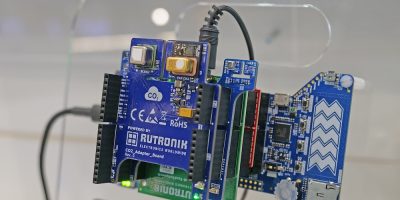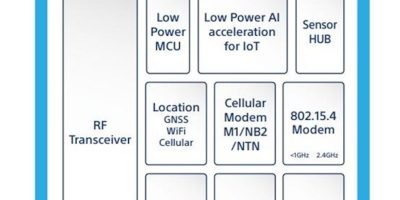Typically known for its industrial-grade flash storage, DRAM and embedded peripherals, Innodisk has announced the launch of EXMU-X261, an FPGA machine vision platform. It is powered by AMD’s Xilinx Kria K26 SOM (system on module), which was designed to enable smart city and smart factory applications. Innodisk’s FPGA machine vision platform is intended for use by industrial system integrators looking to develop machine vision applications.
Automated defect inspection, a key machine vision application, guarantees that a product works as expected and meets specifications. This requires a fast and accurate inspection system, explained Innodisk. Without AI, operators must manually inspect each product, taking an average of three seconds per item. The EXMU-X261 FPGA machine vision platform can automate product inspection making it only faster and cheaper, but it can be completely free of human error, said Innodisk.
The EXMU-X261comes with 1GbE LAN, four USB 3.1 Gen1 ports, two M.2 slots and a series of expansion and connectivity options. It has 0 to 70 degrees C operational temperature support and optional industrial temperature support from -40 to +85 degrees C.
For use in harsh industrial environments, it features support for Innodisk’s InnoAgent out-of-band remote management module, allowing the platform to be remotely managed from anywhere, even during a system crash or an in-band network failure. For an automated system this allows it to be completely unmanned, which further reduces manpower and maintenance costs.
The EXMU-X261 supports Innodisk’s AI Suite software development kit. The suite includes an FPGA Model Zoo, as well as Innodisk’s in-house software, such as iCAP (Innodisk Cloud Administration Platform). It also includes iVIT (Innodisk Vision Intelligence Toolkit) which provides a deep learning environment for efficient development and deployment of “no-code-operation” solutions.







